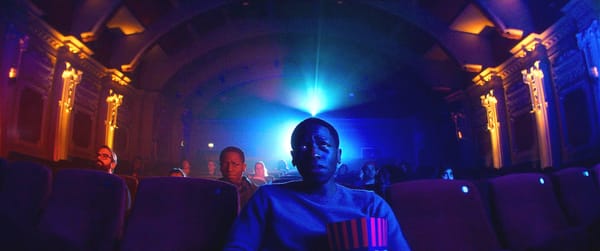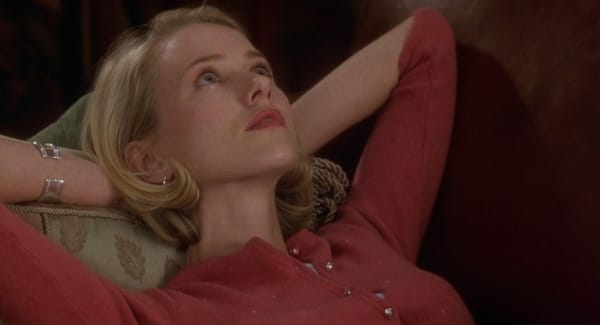What to Watch: Forward, Into the Past
On movies that take us else-when and on the people who make us.

A few weeks back in this space, I wrote about the way movies seduce us into a state of present-tense presence – how it’s always now when we’re experiencing a story unfold. (The same is true of all fiction, of course.) This week I’ve been coming at the same idea from a different angle – the movies as time machine. We hop in willingly, like Mr. Peabody and Sherman heading into the Wayback, and are whisked to someplace familiar from our childhoods, or to a historical epoch before our time, or maybe to a slice of the past that just happened to be documented on film or video, a mayfly moment captured in the amber of media. I time-traveled to each one of these this week, and then arrived back home and revisited a chapter of my own past and a singular character I met there. Buckle in — this is a long one, and maybe I should have broken it into two posts, but sometimes that’s just how the sausage comes out.
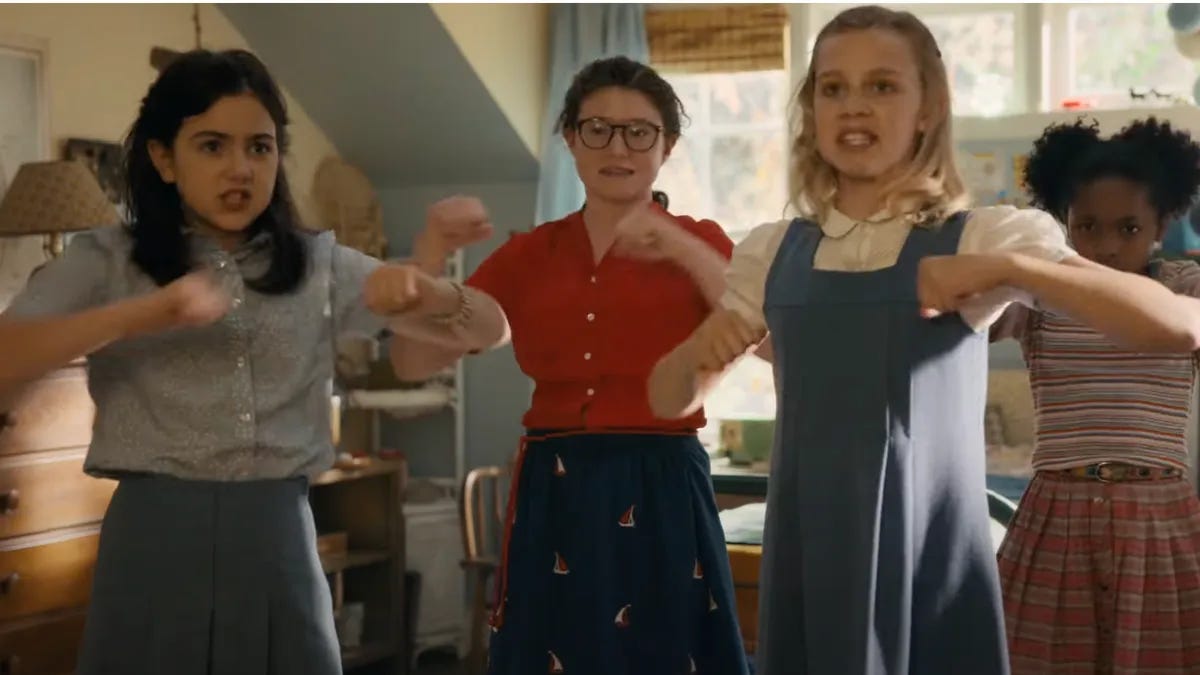
The makers of “Are You There, God? It’s Me, Margaret” (in theaters, ⭐ ⭐ ⭐ 1/2) could have updated Judy Blume’s young-adult classic to the modern day, but I think that would have effectively ruined it. (Anyway, that movie already exists; it’s called “Eighth Grade.”) Instead, they’ve kept it in 1970, the year the book was published, and created a charming, funny, unexpectedly moving time machine that may play better to grown audiences who were 12 or thereabouts during the Me Decade than any daughters, granddaughters, or nieces they might take to the movie now. I say “daughters,” etc, because Blume’s breakthrough novel – whose adolescent narrator agonizes over bras and periods and God and S-E-X – has had a fiercely loyal and largely female following, a fact reflected in the marketing videos of adult women, famous and otherwise, testifying to how much this one book meant to them when they were navigating the storms of puberty.
(There are further testimonials, from women and men, in “Judy Blume Forever,” the fine documentary that I reviewed last week and that’s currently streaming on Amazon. Personally speaking, I didn’t read “Are You There, God? It’s Me, Margaret” when I was a kid because – well, I’m not sure why. The book wasn’t on my radar; no adult or friend recommended it; it was rightly or wrongly pegged as a gurl book. Was it included on the summer reading list handed out by my progressive hippie elementary school? I don’t remember. In any event, the movie’s good enough to make me wish I had read the book – or any Judy Blume – and had it in my memory banks as a touchstone of truth-telling in a generally cowardly culture, the way it has served for generations of fans. That “Are You There, God?” is still necessary and, for some people, dangerous is proved by the fact that it’s still being banned – more so than ever – a half century after it was published.)
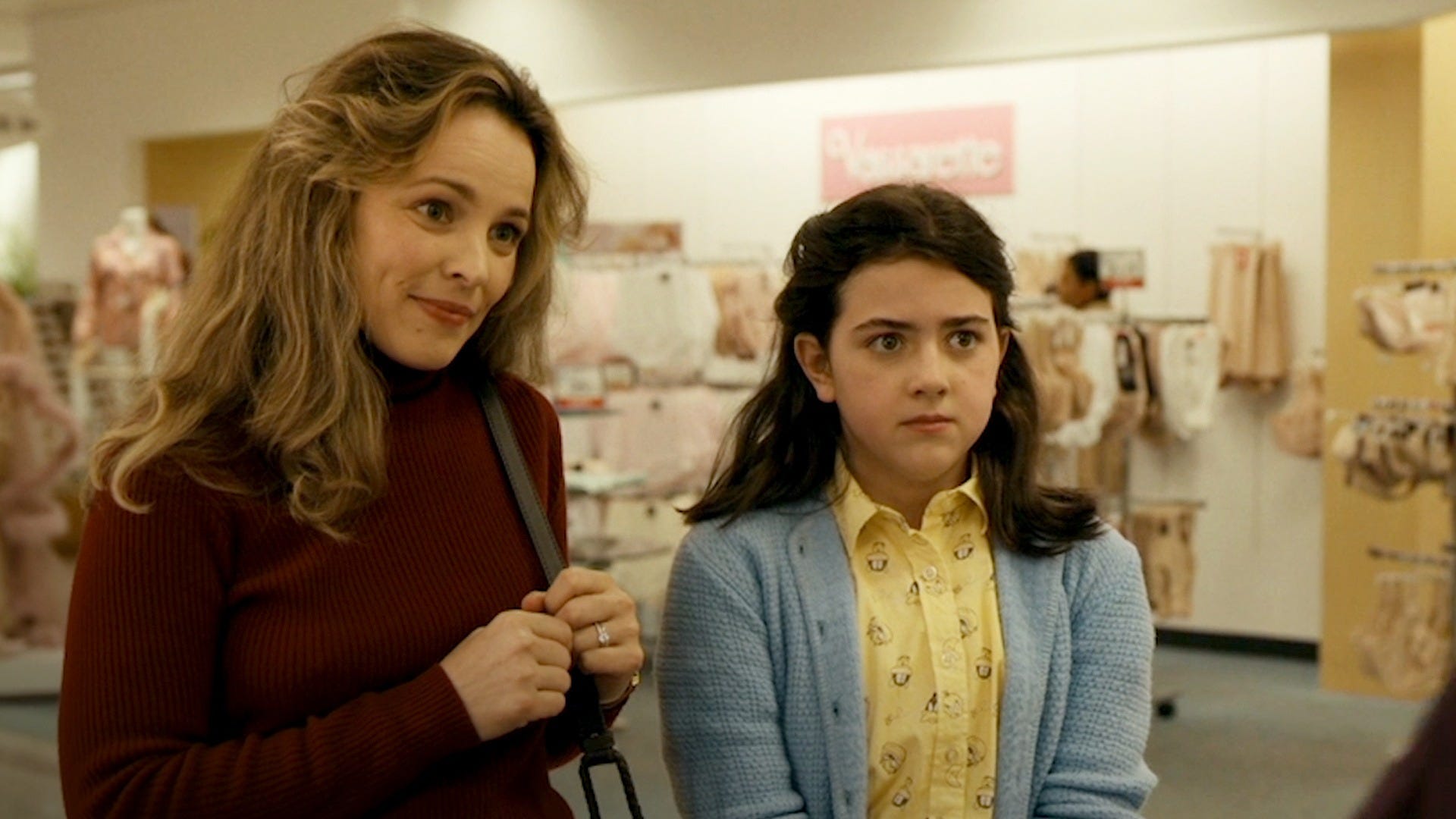
Written and directed by Kelley Fremon Craig – she made “The Edge of Seventeen” (2016), about an older and more pissed-off kind of Margaret – the new movie strikes exactly the right balance of anxiety and empathy, seeing the travails of middle-school girlhood from the perspectives of both a freaked-out 12-year-old and an implied adult remembering it from the far side of adolescence. As that 12-year-old, Abby Ryder Fortson is very well cast, able to convey the child Margaret so recently was and the woman she’s starting to become. And as the implicit adult, Margaret’s mother Barbara, Rachel McAdams is just about perfect, because she lets us see what Margaret is slow to see – what we’re all slow to see about our parents – which is that Barbara too is making it up as she goes along, out of a similar mixture of insecurity and guts.
Some of the characters veer toward Afterschool Special caricature – Elle Wheeler as a maddening mean girl, for one – but “Are You There, God?” is mostly openhearted and ecumenical toward the aliens with whom we share middle school classrooms and the streets where we live. Kinder, perhaps, toward figures like Laura Danker (Isol Young), the girl who hit puberty two years early and now looms above the classmates who snicker and tell dirty, clueless jokes about her. My kids’ middle school had a Laura Danker, too, who looked 19 when she was 13 and was stared at and hit on until she fell into a depression from which she never emerged, a suicide before she made it to senior year of high school. That’s the darkness that doesn’t make it into even a Judy Blume book, for which we should maybe be thankful. By contrast, at the end of “Are You There, God?,” Laura’s loneliness is eased by her friendship with Margaret, who breaks ranks to accept her, and this, among many other reasons, is why writers like Blume are necessary, now, then, and forever – to remind us that everyone goes through the same shit, that there’s a better, more forgiving world out there, and that it’s up to you, me, and our children to make it a reality.
A less fraught kind of nostalgia can be found over on HBO Max, which for the time being is streaming “The Strawberry Blonde” (1941, ⭐ ⭐ ⭐ 1/2), a delightful throwback to the 1890s that stars Jimmy Cagney, Olivia de Havilland, Rita Hayworth, and a gallery of Warner Brothers character actors like Jack Carson (exuding his patented sleaze), George Tobias (remembered by boomers as Mr. Kravitz – Abner! – on “Bewitched”), and Alan Hale Sr., who is not the skipper from “Gilligan’s Island” but rather the skipper’s father. Cagney doesn’t play a gangster in this one but a genial neighborhood tough who yearns for Hayworth as the Gibson Girl of the title but finds happiness with De Havilland, a suffragette with freethinking ideas she’s too timid to act on. The great Raoul Walsh directs – he held the film as one of his favorites – and the Epstein brothers of “Casablanca” fame wrote the script, but what’s fascinating to consider is that “The Strawberry Blonde” functioned for audiences of its day much as a movie like “Are You There, God? It’s Me, Margaret” functions for audiences in 2023, as an entertaining and nostalgic reminder that the world of a half century ago – the world of our childhoods and our parents’ adulthoods – actually existed. It makes one wonder what the movies of 2073 – or their AI holographic counterparts – will tell our grandchildren about us.
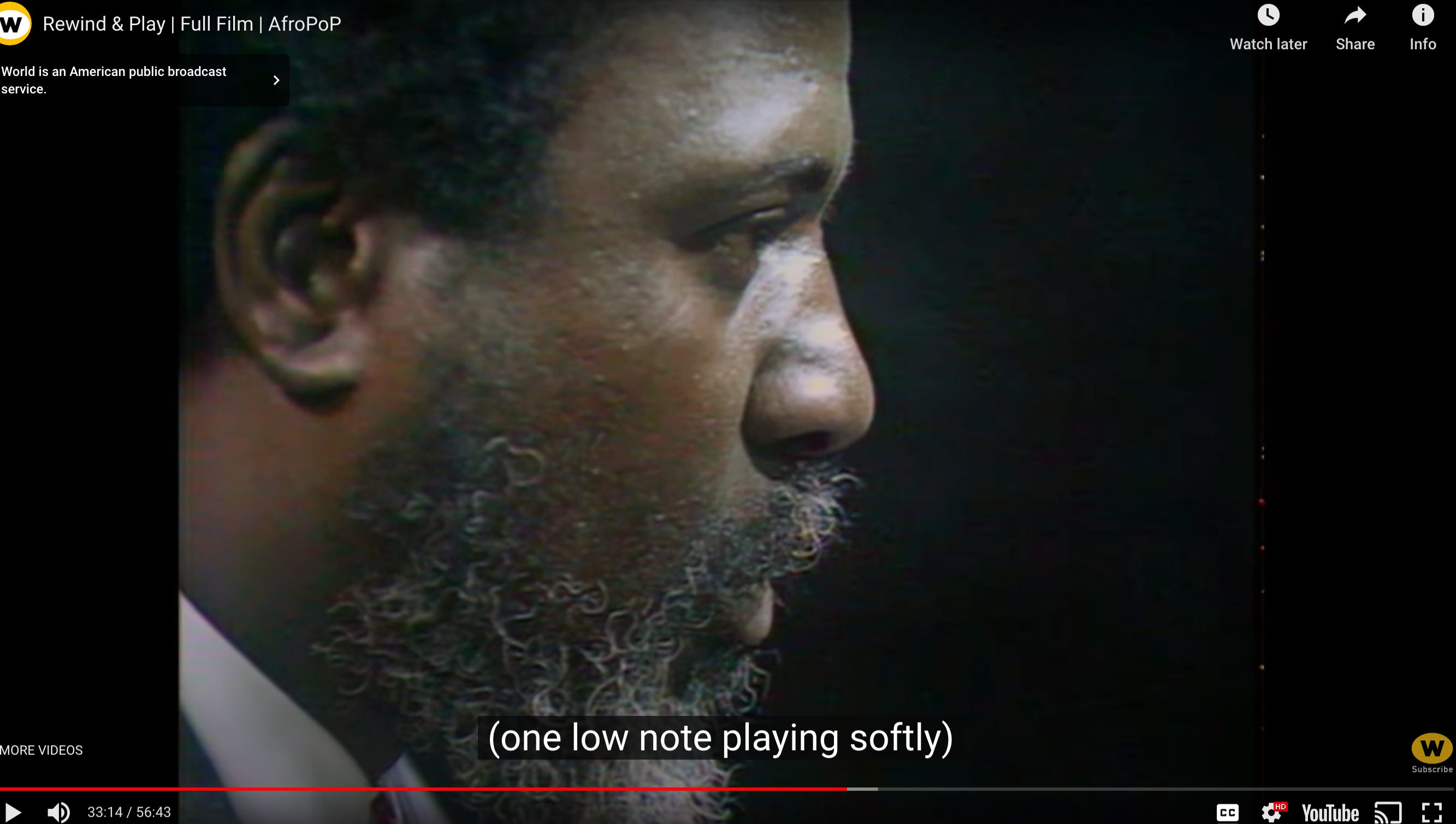
A third kind of cinematic time travel – the documentation of a rare and illuminating slice of the past – can be found online at WORLD, a “digital subchannel” of the WGBH Education Foundation, and its streaming series “AfroPoP,” the most recent episode of which is “Rewind & Play” (⭐ ⭐ ⭐), a pointed hour-long reworking of footage from a 1969 French TV special about jazz great Thelonious Monk. (The new film can be watched on YouTube as well.) Director Alain Gomis takes that raw footage and choppily edits it to highlight the fatuousness of interviewer Henri Renaud and to call our attention to the way Monk is framed as a “natural” (i.e., primitive) savant by the cameramen, the producers in the control room, and, really, the unexamined cultural assumptions of an entire white Western media. Monk, for his part, sits stoically at the piano throughout, defusing Renaud’s questions with disarming simplicity or total silence – the only flicker of impatience comes at the end, when the host asks him to play something mid-tempo to close out the show and Monk lights into a lickety-split rendition of “Nice Work If You Can Get It.”
Was the pianist bi-polar, or schizophrenic, or was he just … eccentric? The arguments of biographers and medical experts continue and will never be resolved. What “Rewind & Play” hints at – what Renaud can’t begin to get his mind around – is that Monk was only, irreducibly Monk, not a mystic or a shaman but a man whose communion with an instrument and the sounds that could be coaxed from it was complete. Gomis’ film features long, uninterrupted passages of Monk playing the studio’s grand piano, and they are the meat and marvel of the film, rooted in the stride of his forefathers, embodied in the standards he composed, and heading toward atomization and outer space when Monk is truly at one with a tune in the way he once described thusly: “When you understand the inside, the outside will be just fine.” If you want to know what that sounds like, the most breathtaking illustration here is his rendition of “Ugly Beauty” – a track off the 1969 album “Underground” and the only waltz Monk ever wrote. It comes at 40 minutes in, lasts six minutes, and at the end, Monk is dripping with sweat and smiling the shy smile of a man who’s just touched something eternal.
A final time tunnel for today, and a personal one, if you’ll indulge me. I learned about jazz – I mean really learned about it – from a man named Richard Dohanian, who died this past December at 90 but whose passing I only heard about recently. He was one of those gurus you meet in life, local Yodas who tip you to the Force or the source or whatever you want to call it, which in Richard’s case was jazz piano and the perfectly cooked steak.
He ran the Bull’s Eye, a restaurant and bar in Hanover, NH, where I went to college – not one of the fancy places you’d take a parent or a deep-pocketed alumnus to but a cozy almost-dive at the end of town, right before Main Street turned into the road to West Leb. The restaurant had maybe 12 tables and on a good night the bar propped up half the philosophy department, a third of the English department, and a motley of local artists, hippies, and reprobates. I worked as a waiter there my senior year, 1980-81. By then I’d done time at pretty much every restaurant in Hanover, but after a week at the Bull’s Eye, I realized I was home.
Richard was the cook as well as the owner: a short, stolidly built guy with a big mustache and a million-dollar smile. More than anything, he looked like Boris Badenov, the Russian spy from the old “Rocky and Bullwinkle” cartoons, a resemblance only confirmed by his wife, Linda, who looked like Natasha. Richard’s kitchen made four things, as I recall: steak, pork chops, a bratwurst and sauerkraut plate, and a half-pound hamburger so resplendent that to call it anything but chopped beef was an ignorant slur. (Nevertheless, Richard referred to it as a “bear-jere,” the way certain wags pronounce Target in the French manner: “Tar-ZHAY.”) The burger was swaddled like the Christ child in a beer-and-cheddar sauce that was the Platonic ideal of the orange caulk they put on nachos at the ballpark. This was what we ate after our shift, and it tasted like what it was – a reward.
Richard had certain rules, most of them involving steak. If a diner was foolish enough to order theirs well done, we were instructed to try and talk them out of it, citing the insult done to the meat and implying that the restaurant’s ovens didn’t actually get that hot. If that failed, we were to notify Richard, who would come out to engage the customer in increasingly heated conversation that, more often than not, ended with the latter storming out in a huff and Richard returning to the kitchen with a satisfied smile.
From Richard I learned about steak, obviously – how to cook it, cut it, eat it. I witnessed for the first time an actual joy of food preparation and the contentment that can come from being in your own cookspace, one you’ve built to your specifications and tastes. I learned about single-malt Scotch; I learned which professors at the bar I shouldn’t let follow me into the bathrooms when I was cleaning up at the end of the night. I learned the phrase “Sold American!” which Richard would bark whenever we’d bring in a fresh order and which I only found out years later was a WWII-era tagline for Lucky Strike cigarettes.
And I learned about jazz, which Richard played in the restaurant, in the bar, and in the kitchen when he wasn’t listening to the Red Sox, and which he saw as his duty to instruct us in. Miles and Mingus and Monk, Coltrane and Dizzy, Getz and Dexter Gordon, the MJQ. Cult figures like Lennie Tristano and legends like Charlie Parker. He taught me to heed the things Max Roach was doing with the drums in the Massey Hall concert; to recognize the revolutionary swing of a Paul Chambers bowed bass solo. Richard was less interested in the big bands and he was cool on free jazz; of my then-waning interest in jazz-rock fusion he was diplomatically silent. Even though he played the trumpet in his youth, he loved pianists more than anything, and he loved Bill Evans the most. The day Evans died in September of 1980, I came in for my shift to find Richard sobbing at a table in the back, cursing what the needle had done to a great artist – to so many great artists – and inconsolable in his grief. By then I understood, and I appreciated that he understood my grief three weeks later, when the news came over the kitchen transistor radio that John Lennon had been shot to death in New York and my childhood, which had had its proper start with the Beatles’ arrival in America 16 years earlier, came to a sudden and brutal end.
I worked at the Bull’s Eye long enough to see Linda, Richard’s wife, shown the door when he caught her cheating on him – it was fine, none of us liked her anyway – and I was there when he hired a new waitress, a student named Wendy. Then I left for New York City and the rest of my life. I heard that he and Wendy fell in love, that they got married, that he shut the Bull’s Eye down in 1986 and moved away. I lost touch for three or four decades and somehow got his phone number when he and Wendy were living down in Florida on their boat. We talked and I could tell I was a fond but distant memory to him, a kid from a few too many iterations back, but that was okay – old Yoda is still Yoda. Maybe even more Yoda. We never spoke again, and a mutual acquaintance Facebook-messaged me Richard’s obituary last week. There was much in it I had never known — we rarely ask the questions we should when we’re young. Hurricane Katrina had blown him and Wendy to Kansas City by then, and he found peace and meaning in the Catholic church before the encroachment of dementia in his final years.
All of this is to say that Richard has been very present to me this week, and the time machine is cranking on all cylinders. I still don’t know why I’m telling you this, since you never knew the man. But maybe, if you’ve been lucky, you knew someone like him – someone who helped you start to understand it from the inside.
Sold American.
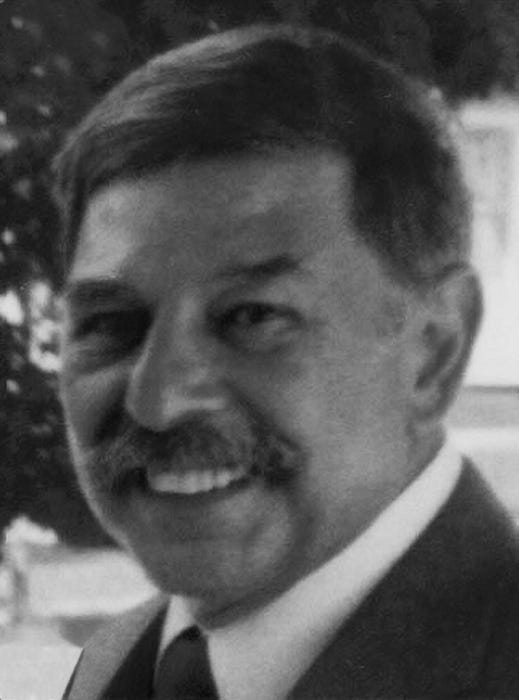
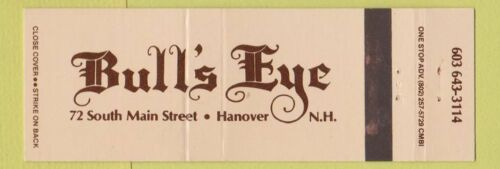
Thoughts? Don’t hesitate to weigh in.
If you enjoyed this edition of Ty Burr’s Watch List, please feel free to pass it along to friends.
If you’re not a paying subscriber and would like to sign up for additional postings and to join the discussions — or just help underwrite this enterprise, for which the management would be very grateful — here’s how.


